Jaguar C-X75 Concept 2010
-
Contenuti simili
-
- 3 risposte
- 359 visite
-
Renault Twingo E-Tech Electric Prototype II 2025 1 2 3 4
Pubblicato da j,
- concept
- renault twingo concept
- (e 6 altri in più)
- 33 risposte
- 3051 visite
-
Jean-Philippe Imparato chiama Autopareri
Pubblicato da AleMcGir,
- bev
- lancia pu+ra
- (e 8 altri in più)
- 4 risposte
- 777 visite
-
-
-



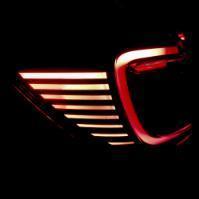
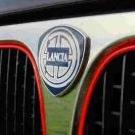
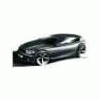

.thumb.jpg.902d2a4f20a129e92b6f6920407b81bd.jpg)




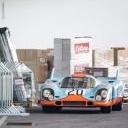



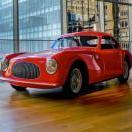





Messaggi Raccomandati:
Crea un account o accedi per lasciare un commento
Devi essere iscritto per commentare e visualizzare le sezioni protette!
Crea un account
Iscriviti nella nostra community. È facile!
Registra un nuovo accountAccedi
Sei già registrato? Accedi qui.
Accedi Ora